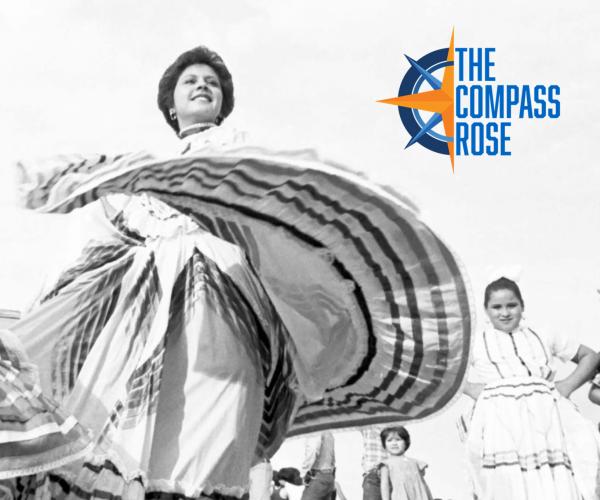
Celebrate Hispanic Heritage Month with the Archives!
The purpose of The Compass Rose is to raise awareness of Special Collections' resources and to foster the use of these resources. The blog series also reports significant new programs, initiatives, and acquisitions of Special Collections.
Hispanic Heritage Month is celebrated from September 15 to October 15. This month commemorates the history of the Hispanic, Latinx, and diaspora communities throughout the US. Here at the Special Collections archives, we have many historical collections and materials that can be used to learn about Hispanic and Latinx history, the history of communities such as the Mexican-American, Chicano, Tejano, Guatemalan-American, Honduran-American, other diaspora communities, and the history of Latin America. Archival collections and contemporary texts are vital in understanding the history of these communities. These resources give us firsthand accounts of events, and gives us insights into the lives of people who lived through major shifts in history. Archives answer the questions of: what were people thinking in this era? How did they feel? What did people look like, eat, do for fun? Archives humanize history and reminds us that history itself is not a set of dates and summarized events. We can hear the voices of everyday people echo through time and speak to us through the materials and writings they left behind.
In this blog, we'll review a few interesting items that reflect Hispanic histories in the Americas.Throughout this month, we'll blog about specific collections relating to diaspora communities, Chicano, Tejano, Mexican-American, and Latinx lives and histories.
Some of our earliest examples of Mexican and Central-American histories comes from our print collection:
These images are from the Codex Borgia facsimile. The Codex Borgia is a Nahuatl manuscript that was written before the Spanish invasion of what is now Mexico. This text was used to record the calendar and religious information. The original item is in the Vatican, but our copy of this work is available to researchers!
We also have a book of prints of murals from the Temple of Tigers at Chichén Itzá, Yucatan, Mexico. This book, Xtol: Dance of the Ancient Mayan People, was created by Mexican-American artist Octavio Medellin. It is an example of Mayan art, dance, and religious imagery.
Our collections span centuries, and we have books that reflect historical events and people through the ages. Los gobernantes de México is a two-part series that has illustrations and biographies of Mexican political leaders during Spanish occupation and post-Independence Mexico. This text was published in 1873, and gives a fascinating account of Mexican leadership through the centuries:
Our labor collections reflect the Mexican-American, Chicano, Tejano, and Latinx fight for labor rights. We have copies of El Malcriado, a labor rights newspaper based in California that notified people of movements and issues throughout the country. This paper was established by Cesar Chavez and served as the unofficial newspaper for the United Farm Workers organization. These are a few examples of the papers we have in our collection:
Our photo collection is a treasure trove of captured moments, exhibiting dynamic and long-existing communities. These photos are recent additions, and show celebrations of Mexican Independence Day.
These are just a few examples from our collection. Keep an eye out for more blog posts that will go into detail about the resources we have here at the Special Collections!




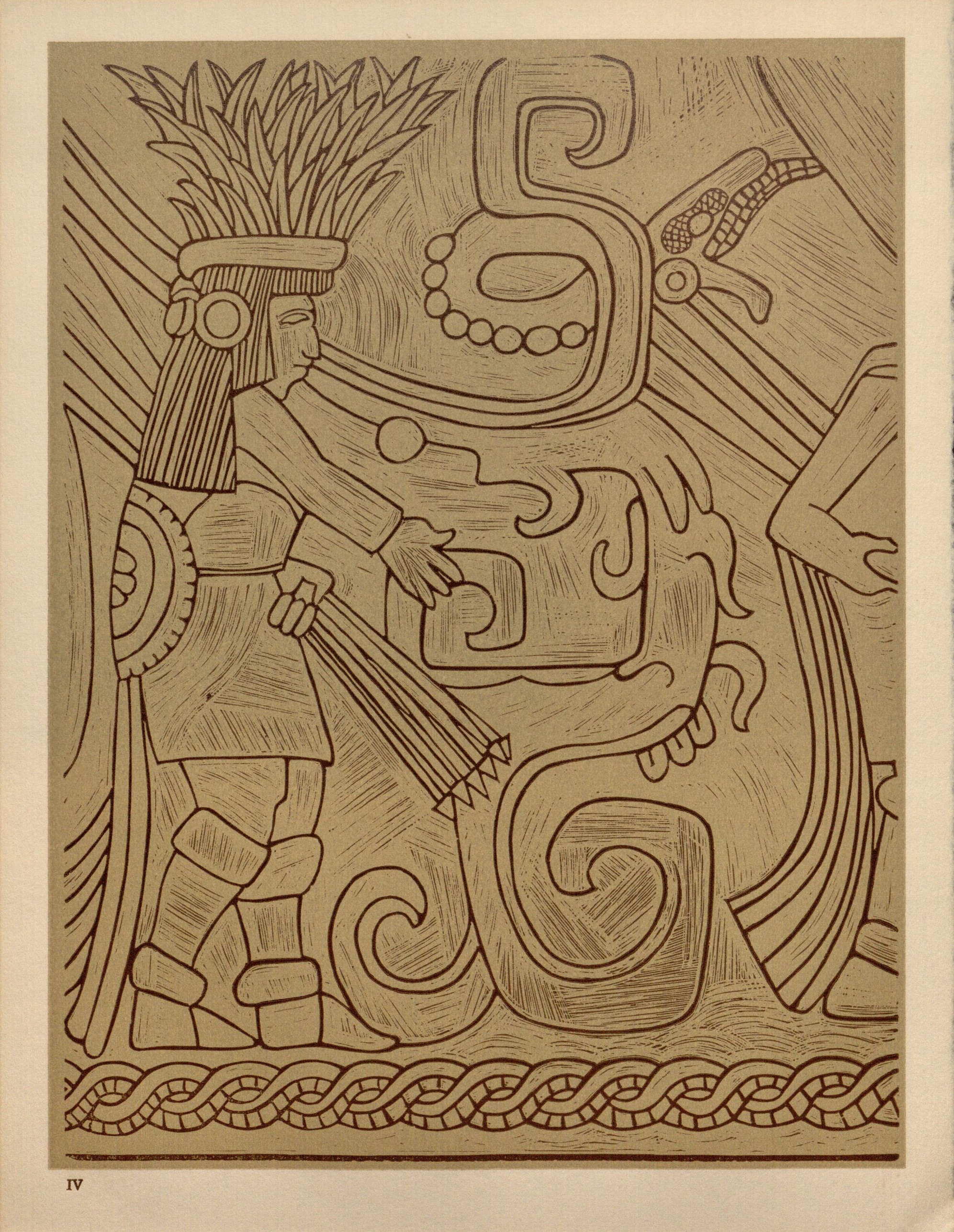
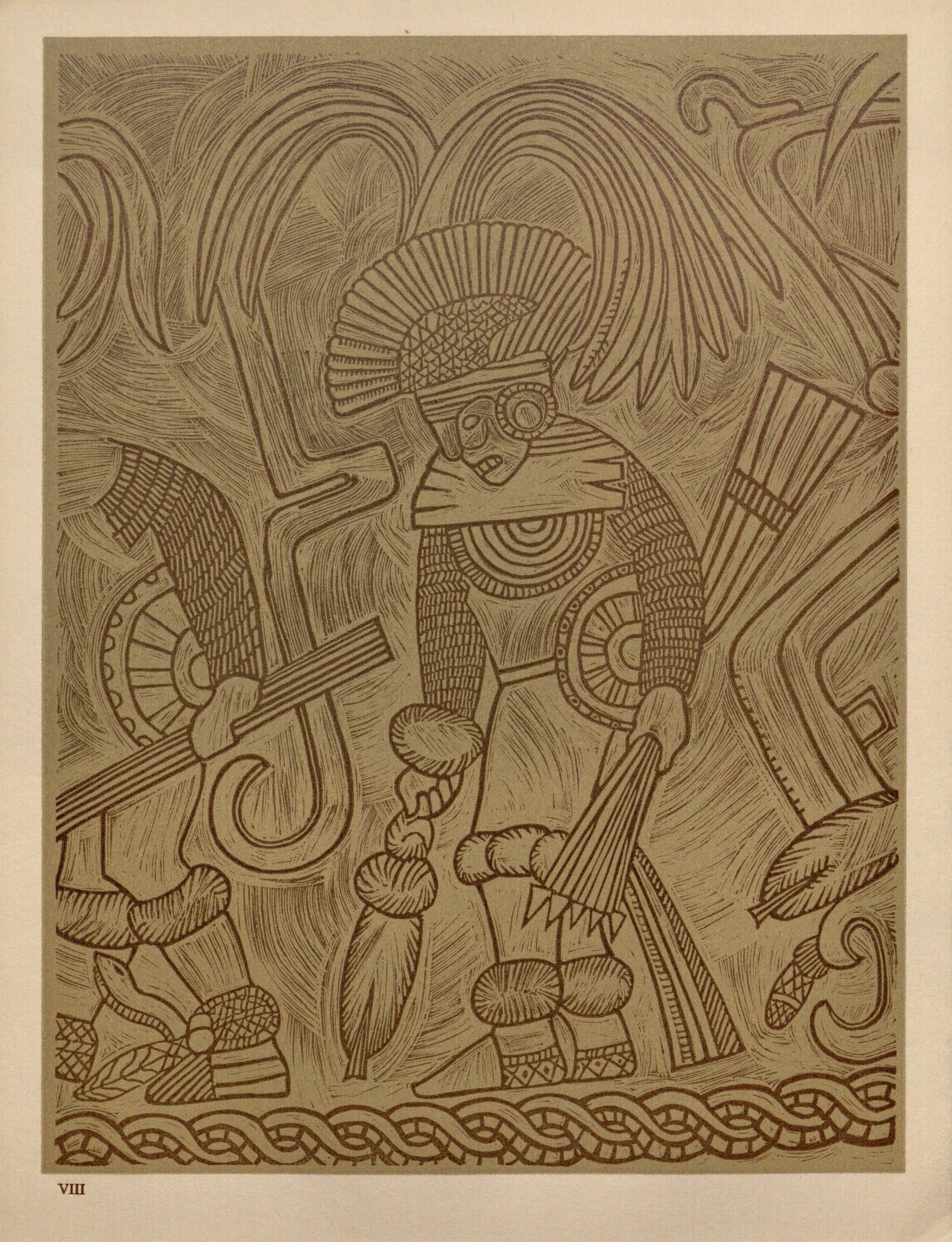
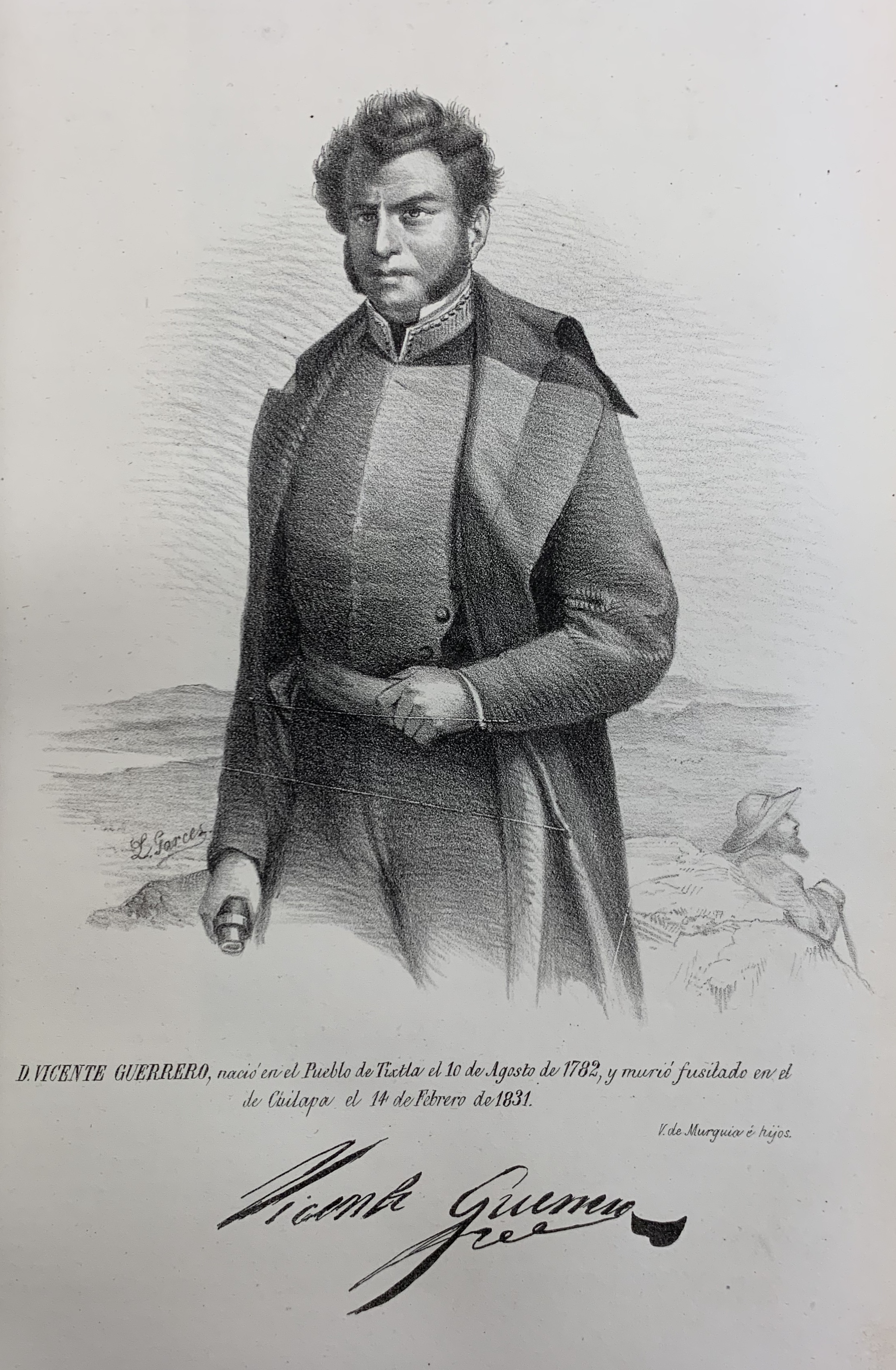
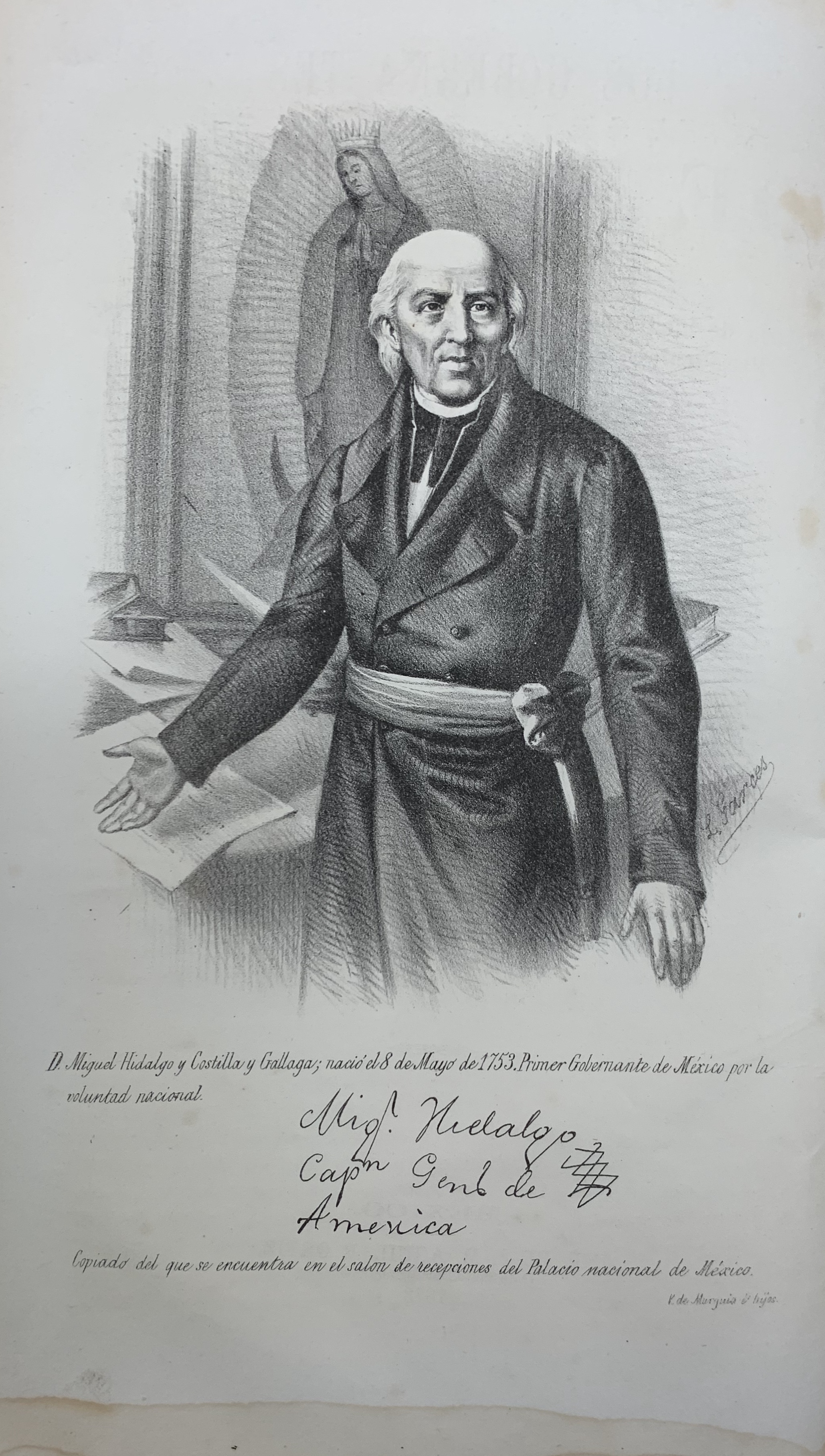
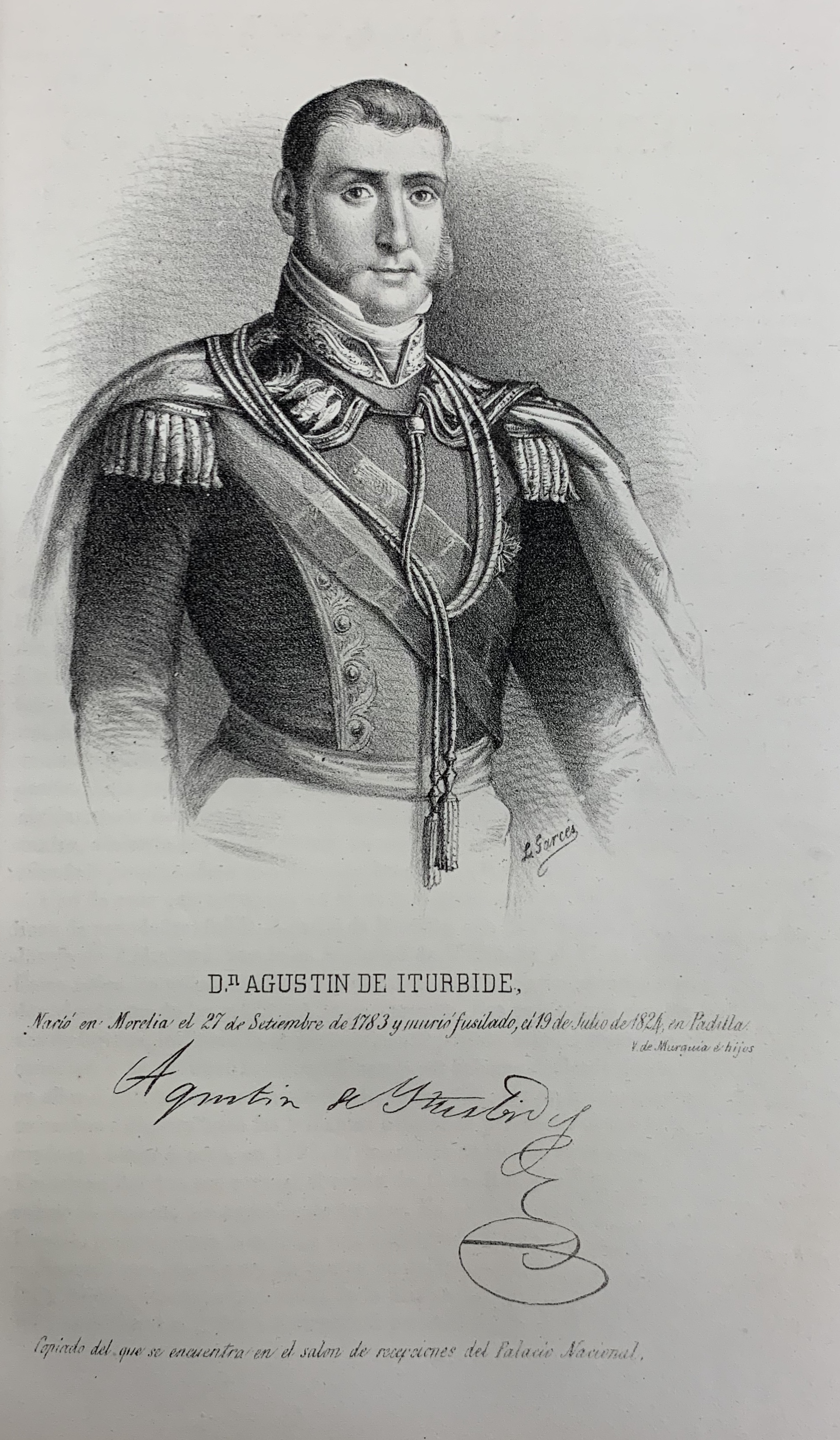
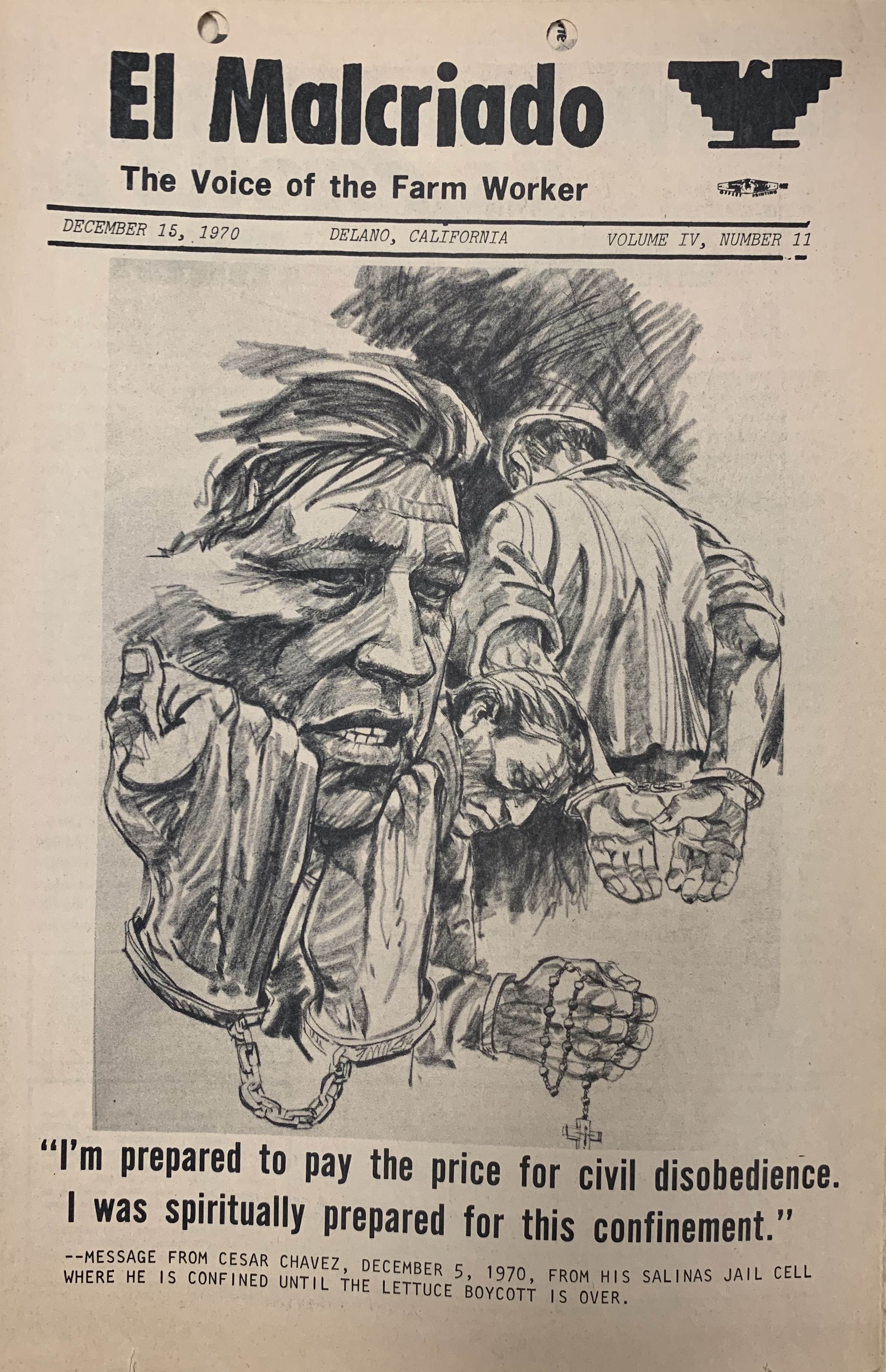
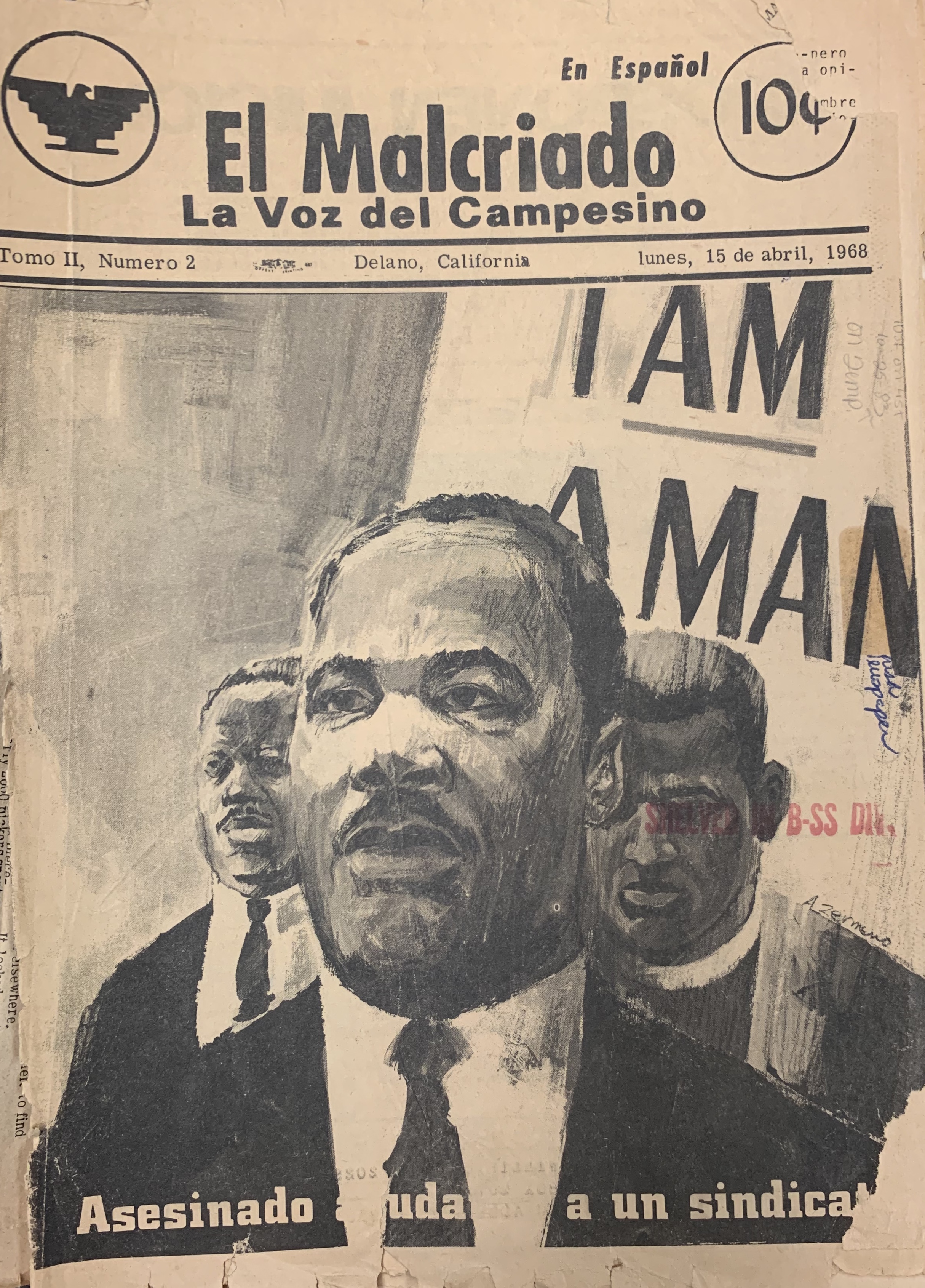
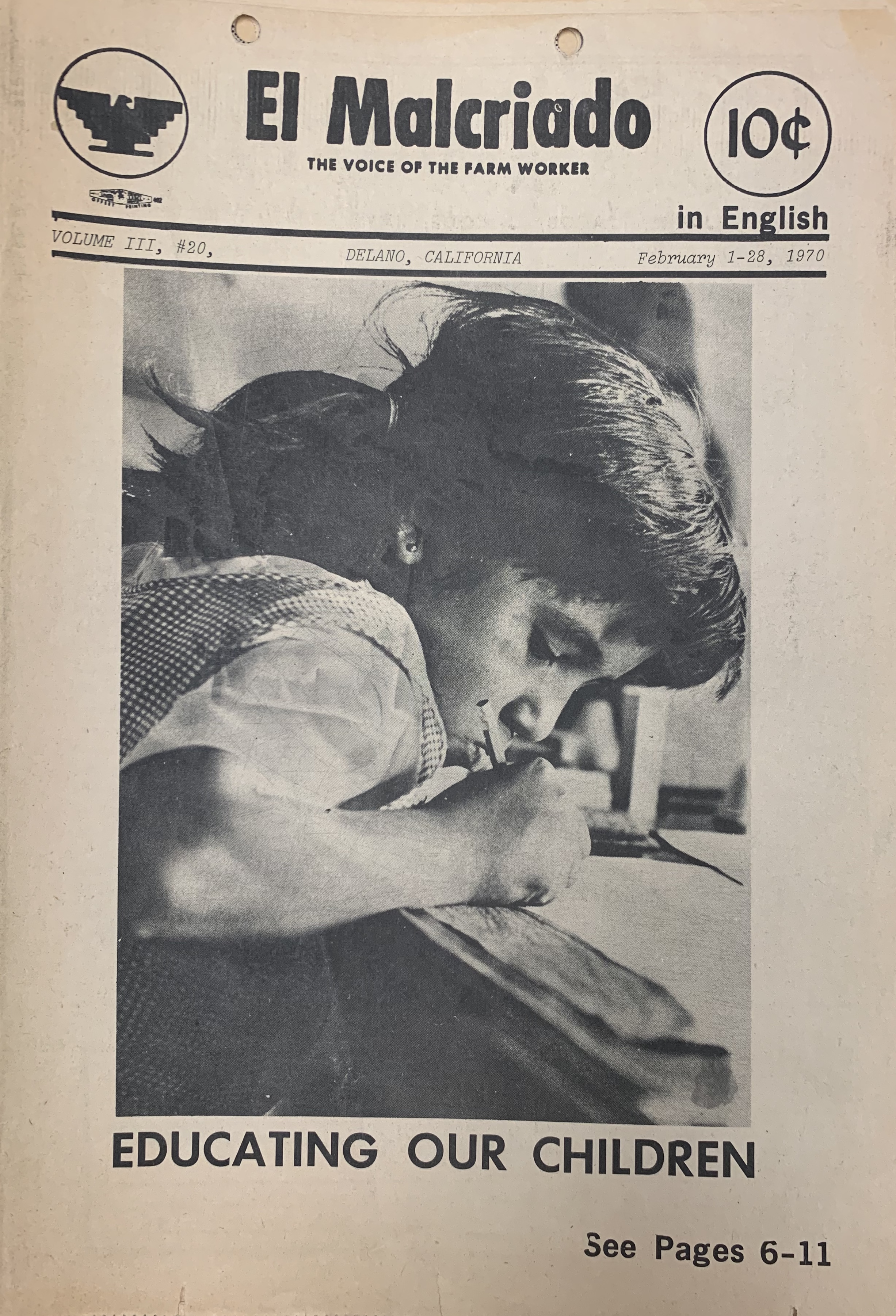
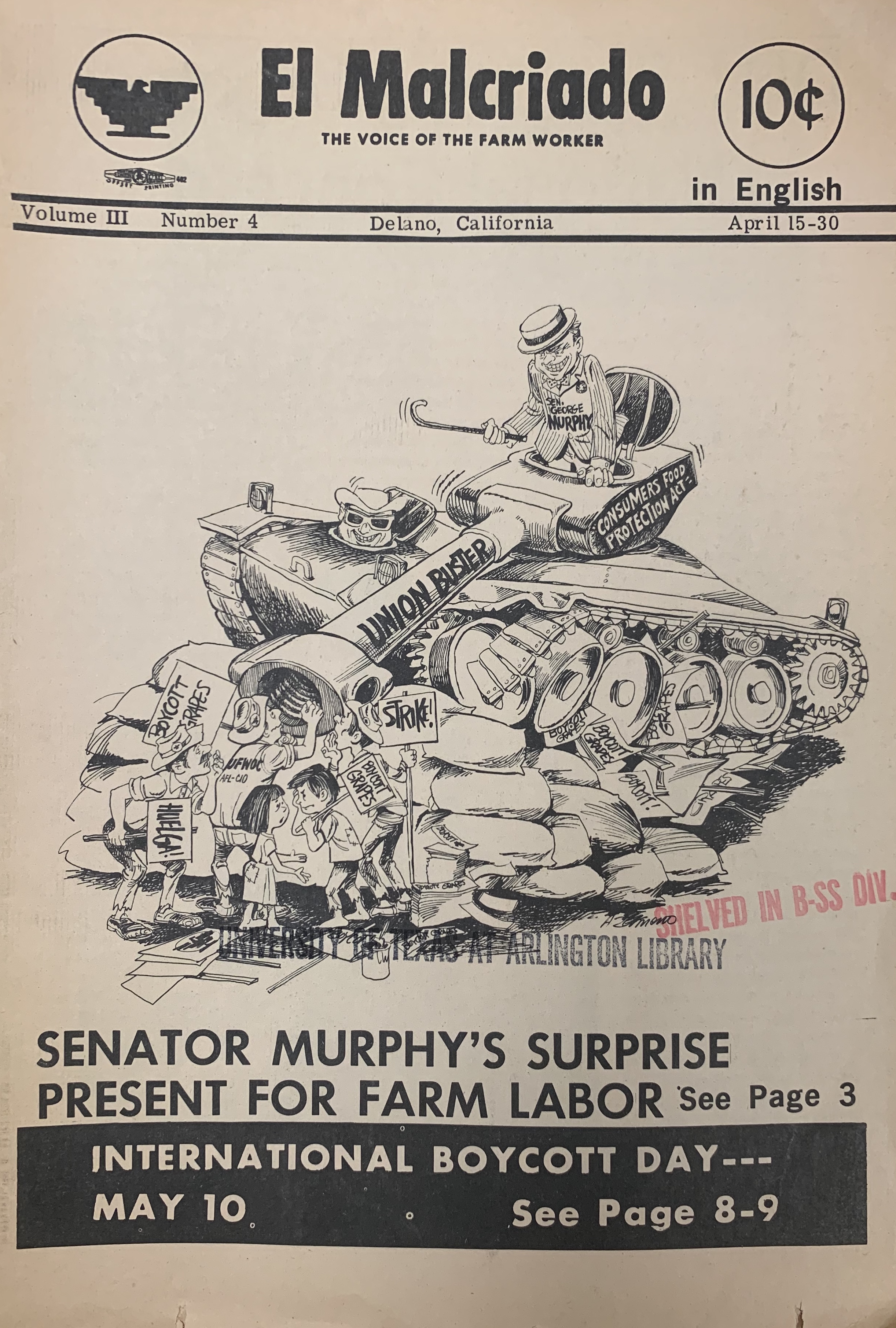
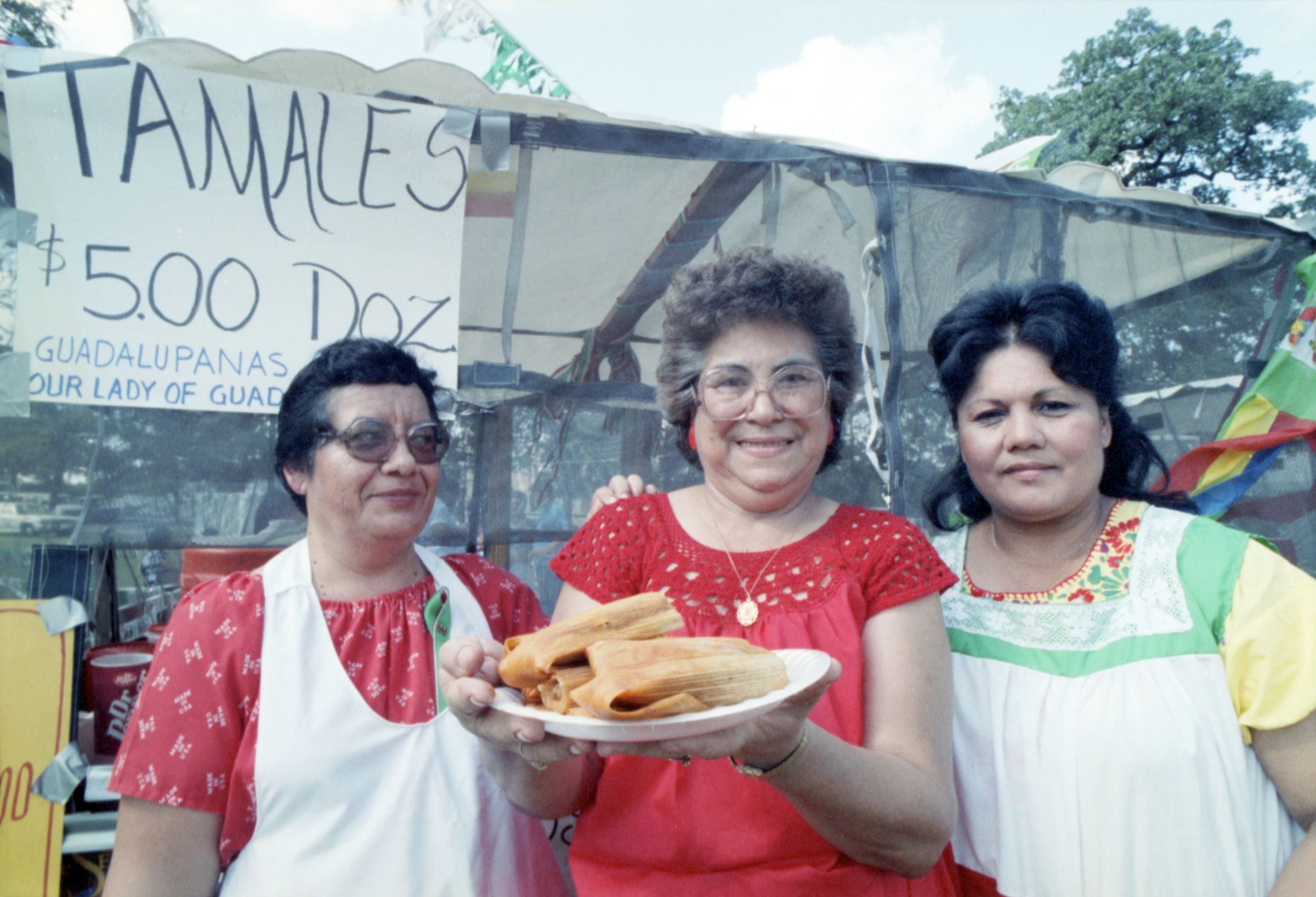
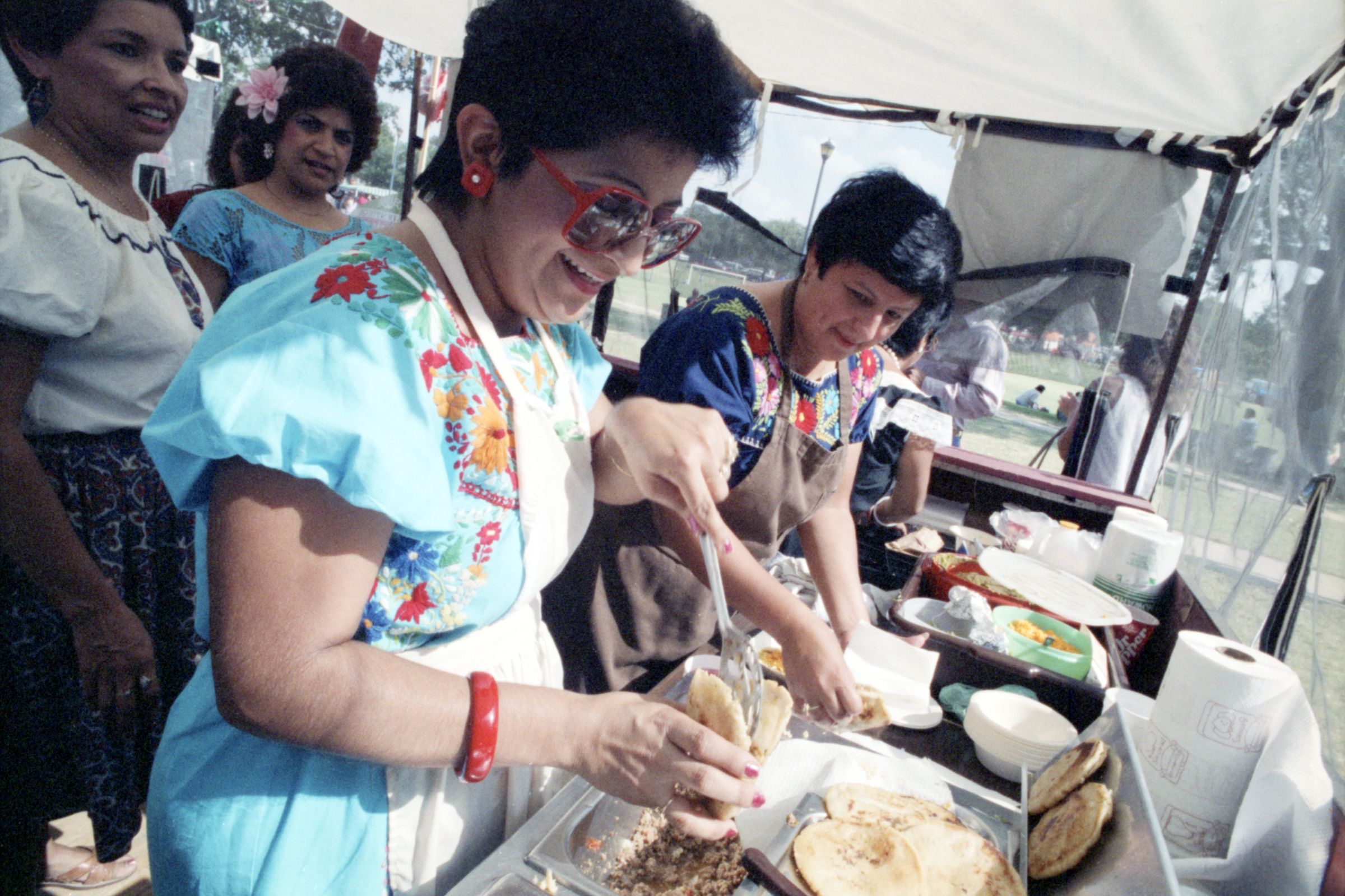
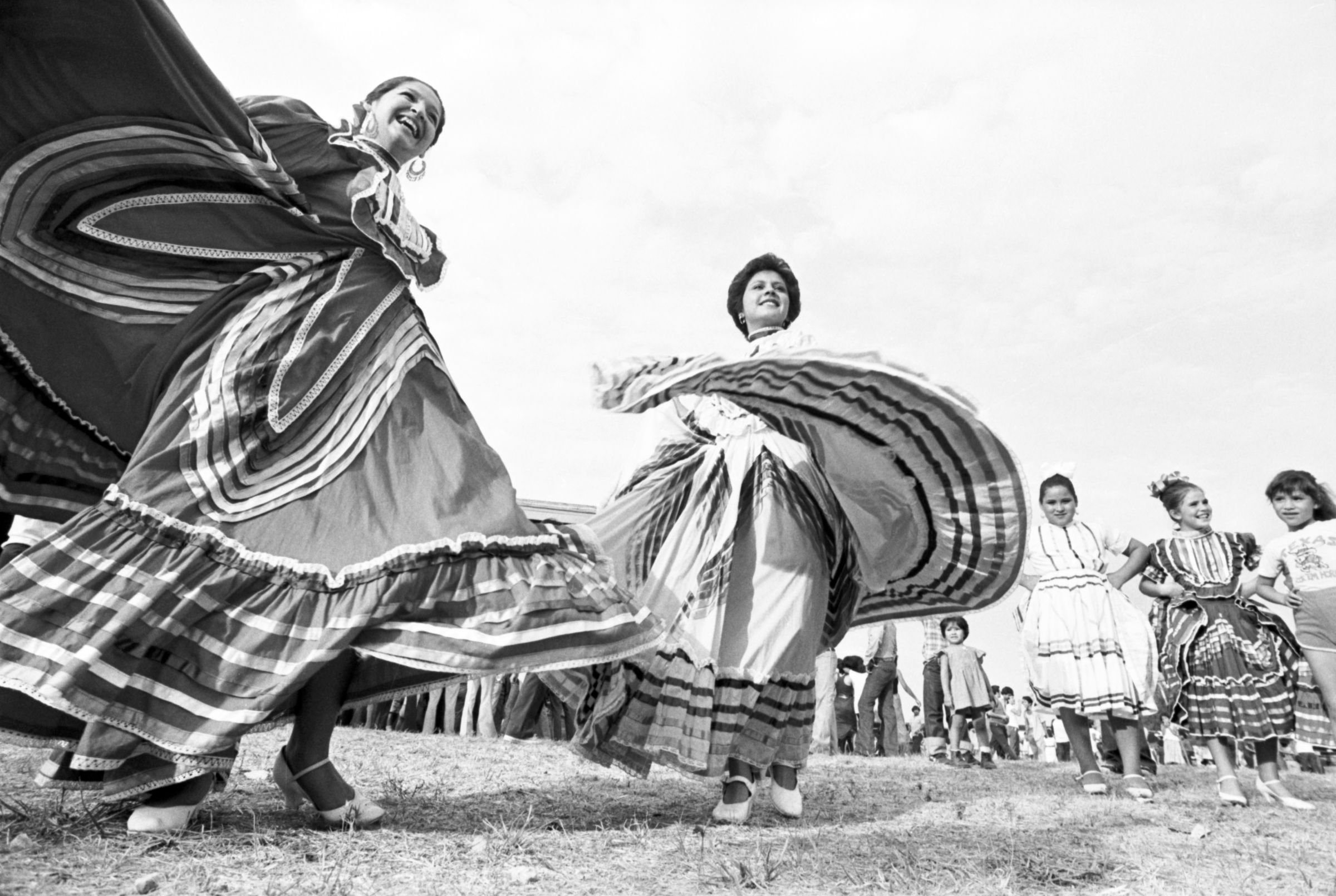
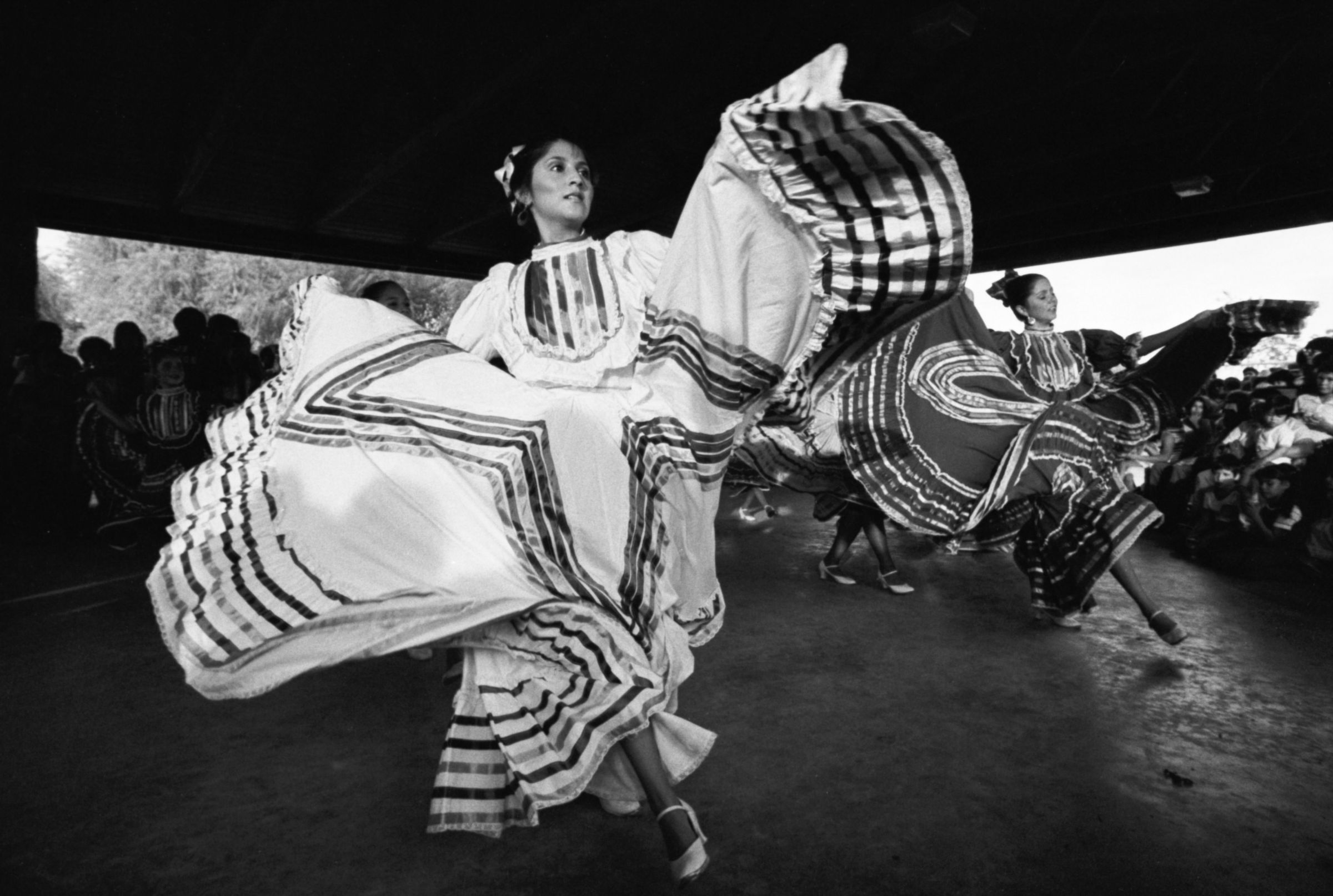
Add new comment